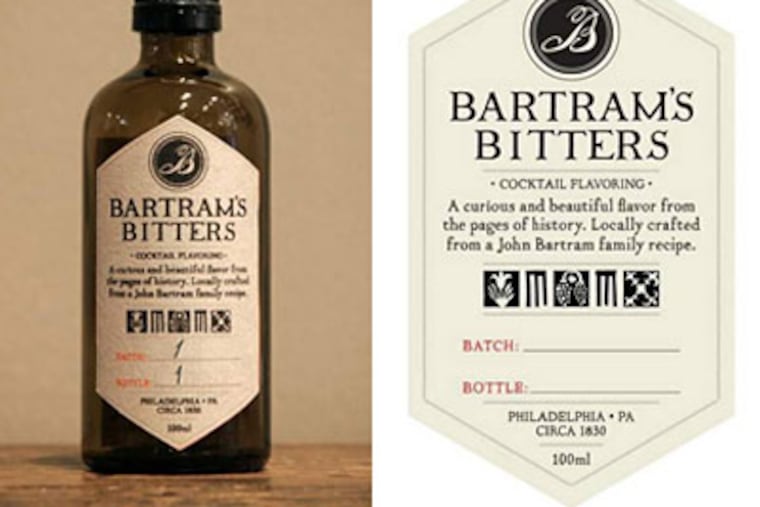Rick Nichols: The resurrection of Bartram's Bitters
Had you stumbled upon the well-scrubbed crowd in the tented courtyard at historic Bartram’s Garden one evening last week, you could not be faulted for thinking you’d discovered a country wedding reception under way beside the old medicinal herb beds. The scene offered requisite trays of passed hors d’oeuvres (a pale sliver of pork over white bean puree seemed popular), and punch bowls scented with strawberry and lemon, and busy cocktail stations.
